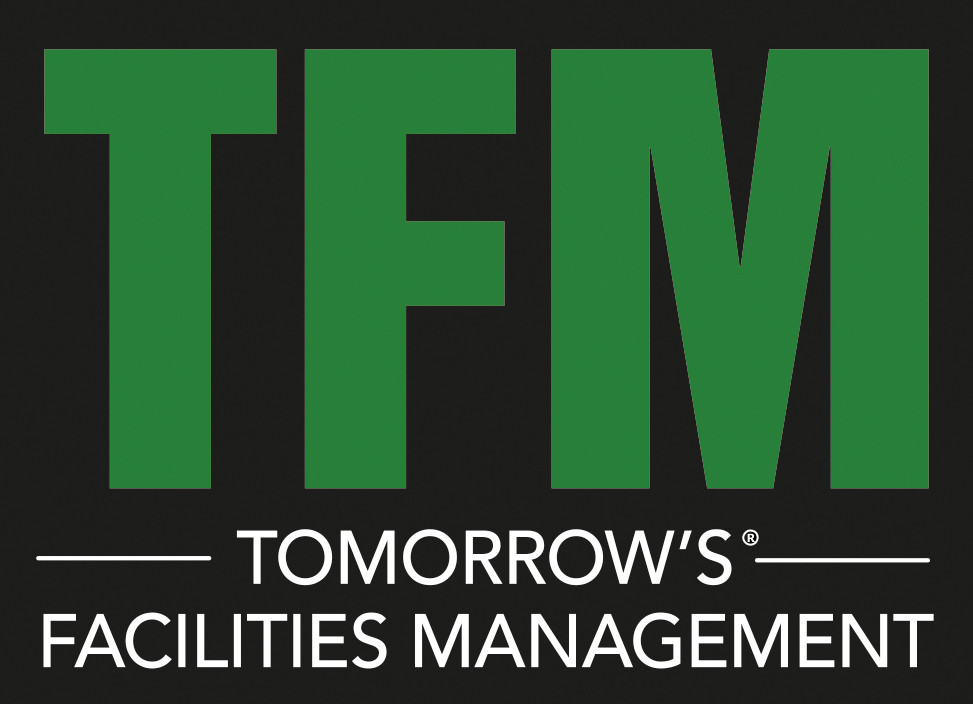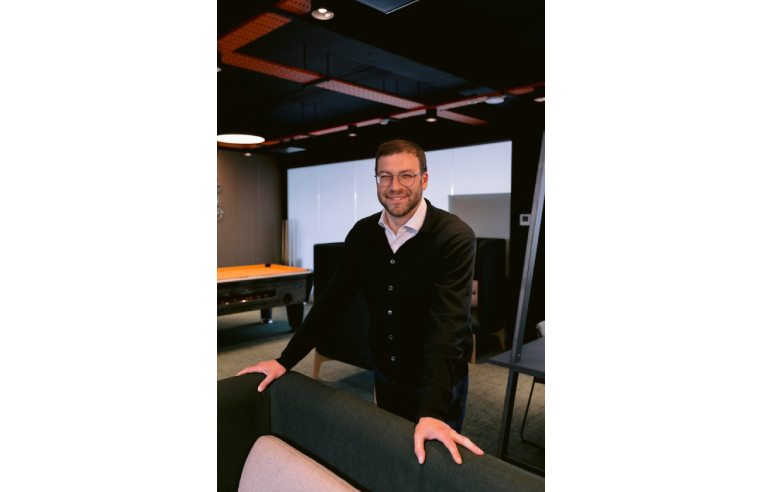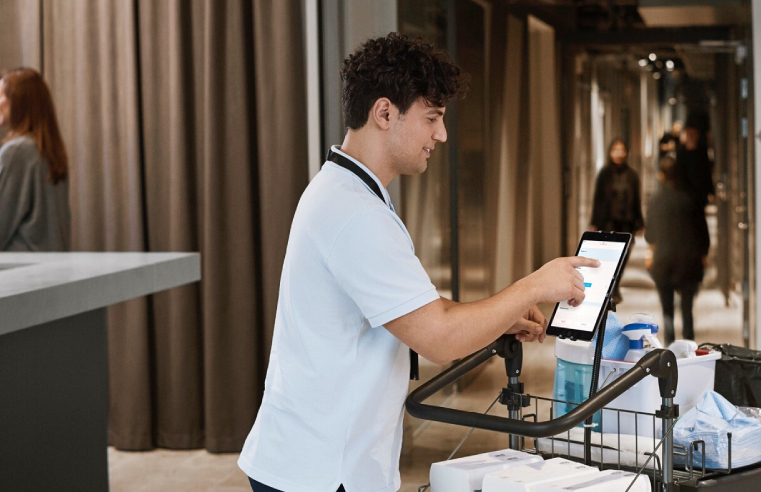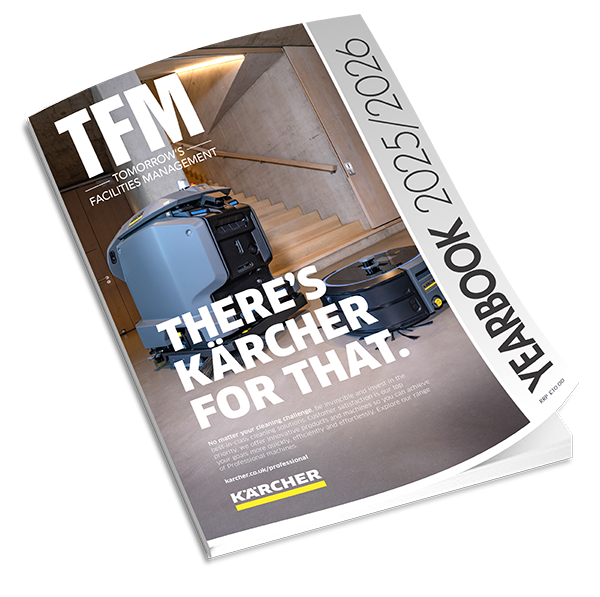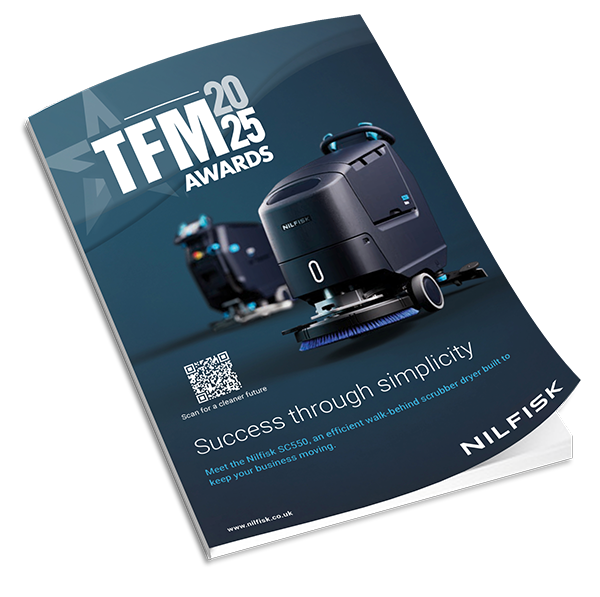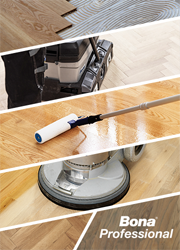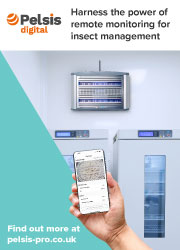Axis Communications’ EMEA Business Development Manager David Needham, discusses the challenges found in security system installation – and reveals the choices for the FM to help smooth the process.
Cameras and access control systems which once performed a singular role now allow FMs a far more detailed and customisable view of their environment. The comprehensive data they collect can be used in remarkable ways – contributing to everything from workplace safety to space planning in a new and creative way. But designing, managing and (crucially) implementing such complex systems can be daunting and frustrating.
Selecting incompatible or unsuitable hardware could lead to extensive delays, increased costs and, in the worst cases, trigger a return to the drawing board, forcing a redesign process which inevitably means some loss of planned functionality. Working with multiple vendors could potentially make maintaining licences difficult or lead to ‘pass the buck’ scenarios when it comes to system support.
FMs with a security remit must therefore consider not only the potential abilities of a new system but also the ease in which it can be installed, operated and maintained. In some circumstances, a best-of-breed approach is the optimal strategy; in others, relying on a single-vendor solution provides a smoother ride.
Register now for our webinar to learn more about a single vendor approach:
The Power of One Goes Beyond Video – 15 March 2024, 1000 GMT
Easy installation
Working with one vendor means dealing with only one entity at every point of the process. Even at the very beginning, this can have a significant impact. Quality first-party design tools know the potential components of a security system intimately, presenting the opportunity to create a plan which best suits the operational requirements and physical layout of premises from the outset.
Where networked equipment is concerned, detailed planning can prevent – or at least reduce the impact of – a costly internal infrastructure change. IP devices typically connect via a single network cable, drawing their power over Ethernet. If network provision is already available, installing a new device could be as simple as simply plugging it in; using hardware from one vendor typically means distinct devices ranging from cameras to access control panels to networked loudspeakers can securely co-exist on the same network, eliminating the need for additional wiring or routing hardware.
New possibilities
Selecting a single vendor solution obviously helps to ensure end-to-end compatibility between one’s hardware and software. Employing the video management software (VMS) provided by a hardware vendor allows for all advanced features of that hardware to be fully exploited through a single interface. Managing a united hardware platform is a smooth and consistent experience for security personnel – something which can’t necessarily be guaranteed when mixing vendors.
Working with one vendor also presents benefits in terms of expandability. Should FMs desire to expand the reach of a networked security system post-install, add new hardware, or tease additional functionality from it, there’s no extensive research required: return to the vendor, select precisely what’s required, and it can fit right in with no fear of incompatibility or disruption to a live system.
Problem solving
When changes are required – or should things go wrong – a mixed-vendor system with multiple support channels can be complex to manage. Conversely, a single-vendor solution benefits from a single support channel which, by its nature, knows that system inside out. One vendor means one point of contact for licencing, and easy management of firmware upgrades to ensure secure smooth running over that system’s lifetime.
There will be situations for which a mixed-vendor combination is the correct choice. But a single-vendor surveillance system allows both security managers and FMs a worry-free experience which allows them to focus on functionality first. The data from modern security hardware can prove a great asset in computer-aided facilities management (CAFM) systems – and the on-board processing power of today’s cameras and sensors offers the flexibility to make the workplace the best it can be.
Webinar registration: Learn more about a single vendor approach:
The Power of One Goes Beyond Video – 15 March 2024, 1000 GMT


